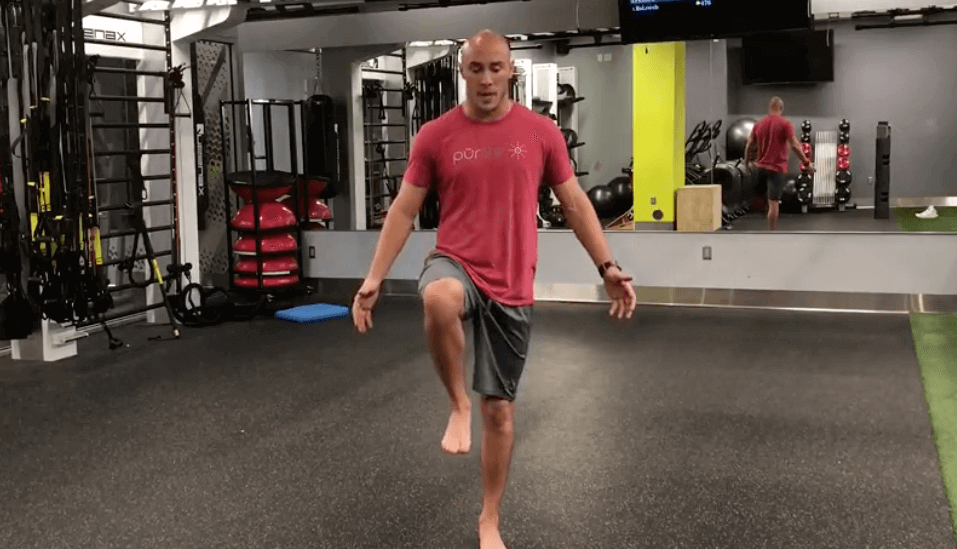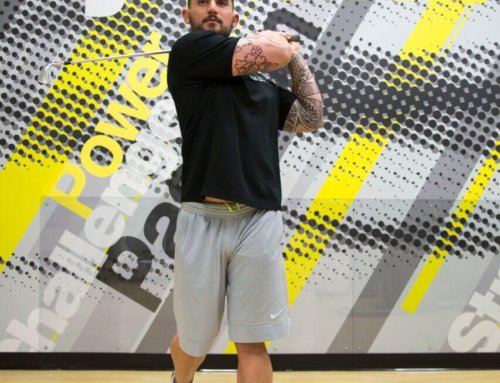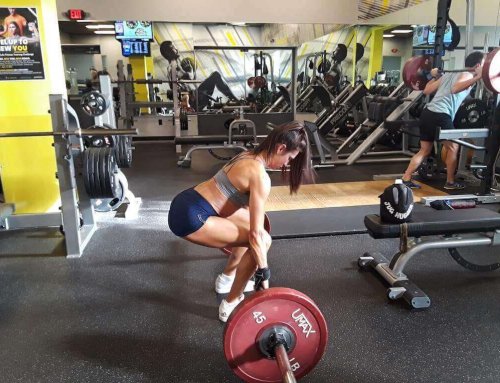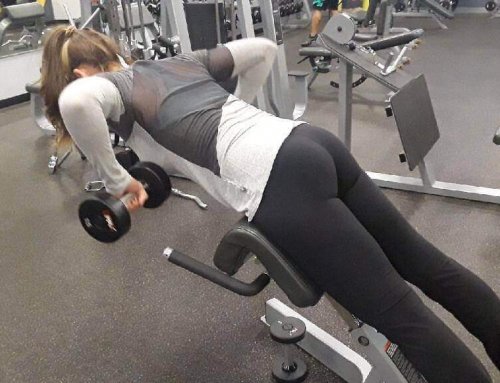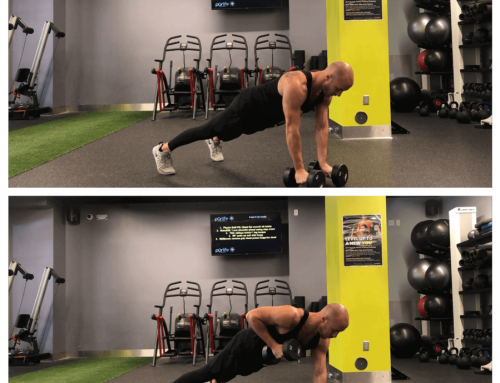Article by: Ryan Huffman, Purlife Group Master Trainer
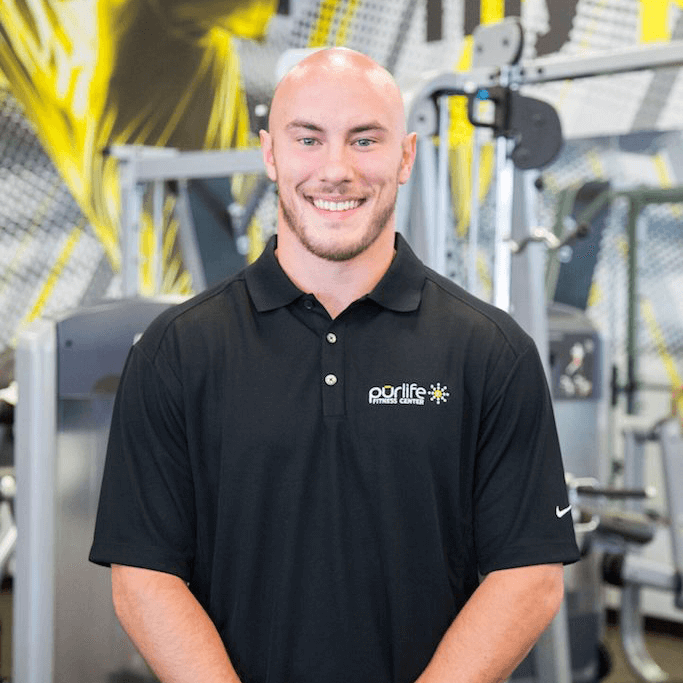
Overview – Flat Feet
Have you ever examined your feet? As an individual who studies human movement for a living, I can say that the importance of the foot is overlooked. Our feet are the first thing that come into contact with the ground when we walk, run, jump, etc., and our foot’s reaction to that contact can drastically impact our biomechanics (the mechanical structure and function of living things).
FUN FACT: 25% of our bones are in our feet – 26 bones, 33 joints, and over 100 muscles!!
Fellow movement specialist Dr. James Spencer explains, in his article Big Toe, Big Problems:
“As the foundation to human movement, optimal power during propulsion (while walking/running) is dependent upon proper foot posture and muscle activation patterns.”
Usually feet fall into one of three categories: low arches, high arches, and flat feet. This article aims to discuss increased risks for those with flat feet. Flat feet can be described as when a foot has no discernable arch, where the sole of the foot makes complete or near-complete contact with the ground. According to the 2012 National Foot Assessment, conducted by the Institute for Preventative Foot Health, approximately 18-26 million adults (21+) have this condition.

Feet Arch Types
Identifying the Problem
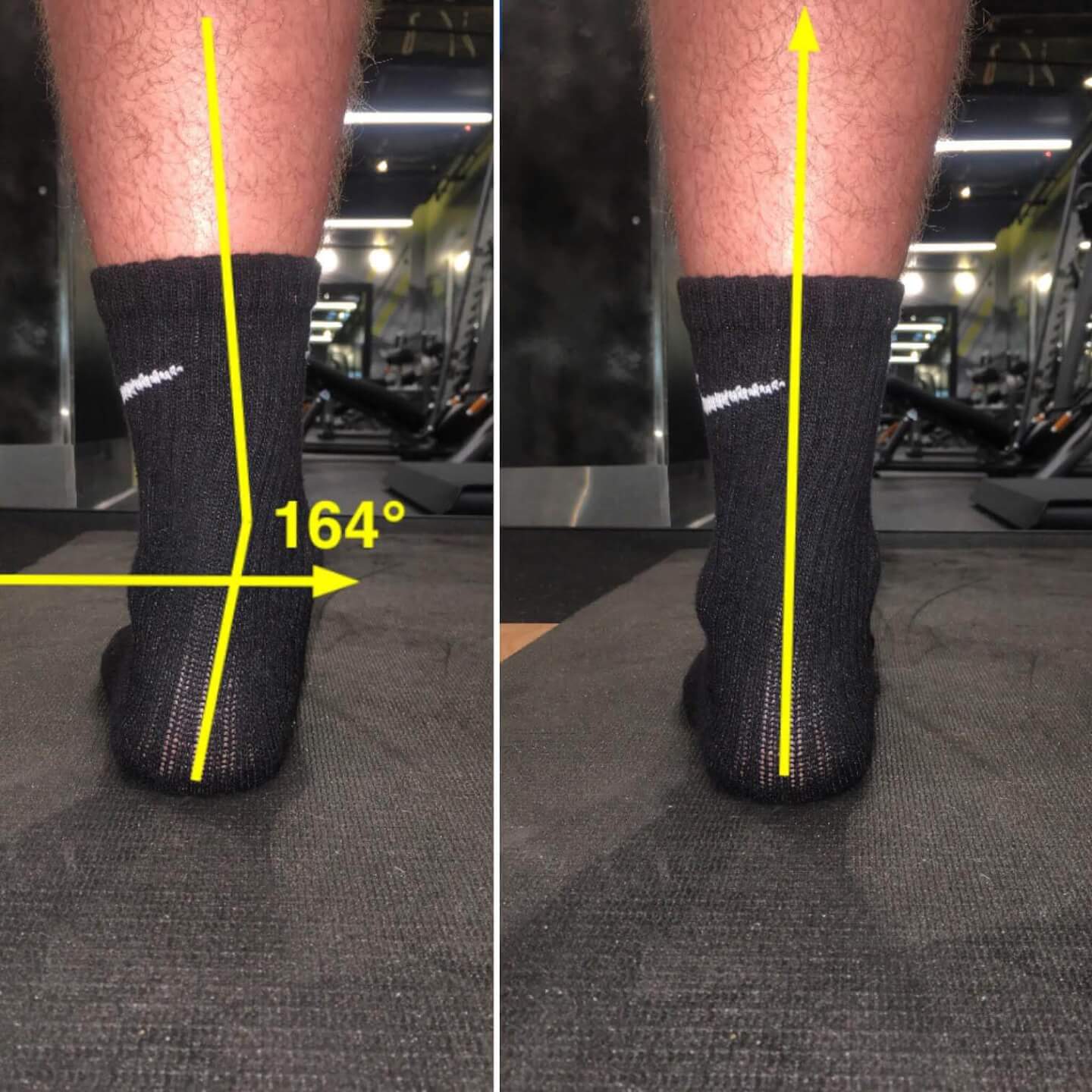
The integrity of our foot arch is vital, because it provides us with proper weight distribution. Not having an arch can lead to heel pain, and cause a chain reaction that adversely impacts the overall function of the ankle, knee, and hip. Think of it like a domino effect:
- 1st Domino: a flat foot doesn’t provide the ankle with necessary support.
- 2nd Domino: without support, the ankle will collapse inward, resulting in over-pronation, or inward rolling, of the foot.
- 3rd Domino: the collapsed ankle causes knee mechanics to track inward, resulting in knee valgus, which is a vulnerable position for the knee.
- 4th Domino: knee valgus increases internal rotation and adduction (inward movement) of the femur, which limits glute and hip function.
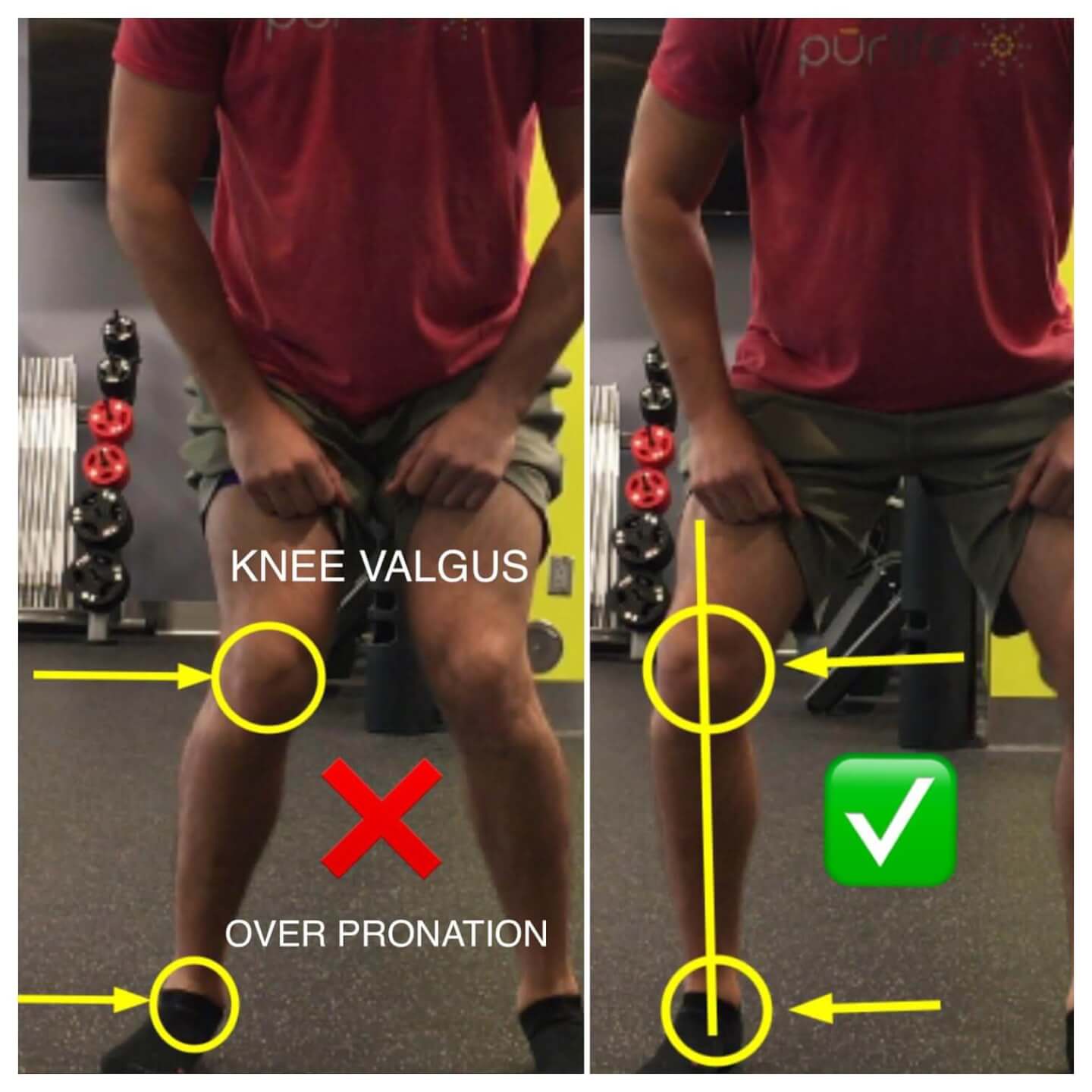
Presenting a Solution: Strength or Support?
Drum Roll…It’s both. Our feet provide us with tremendous amounts of sensory input, however, our shoes constantly deprive us of it. It’s like wearing gloves while using your smartphone. Without that input, intrinsic muscles become weakened and dormant, resulting in less support. To counteract this, a combination of barefoot training and corrective exercises can be utilized to improve both strength and function of the foot. Dr. Spencer adds, “Integrating foot-specific exercises sets the foundation for sufficient foot strength and forefoot re-supination.” In doing this, we can prevent that first domino from falling.
Should you train barefoot all the time? No, not at first. Changing movement patterns takes time, so making a drastic change overnight will increase the risk for injury. Make a gradual transition by incorporating barefoot correctives during your warmup; then wear shoes for your workout. As you adapt, slowly incorporate more barefoot training in your workouts. During this transition, you need to support your arch while you wear shoes. Research suggests that orthotic shoe inserts will provide support, as well as increase comfort, and overall function.
Below are some barefoot corrective exercises that will help establish stable ankle positioning, activate the external rotators of the hip and gluteal muscles, as well as prevent knee valgus.
If you are curious about your feet and its effects on your body, come into Purlife Boca and I’ll be happy to offer a complimentary session to you simply by mentioning this article!
Ryan Huffman
Purlife Master Trainer – Boca Raton

